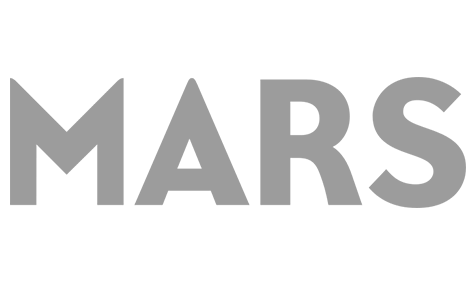Get in touch to see how we can power your team’s growth
Train your teams for the EU AI Act. Equip your teams to use AI safely and legally in under an hour

Harness digital transformation
Arm your organisation for digital agility by combining the power of human and machine intelligence.
Trusted by 4,000+ organisations













Learn. To Change.

Digital disruption presents digital opportunity
Gain the advantages of AI & Machine Learning. We lead the market in key areas like Microsoft Copilot, AI for IT teams, and cloud-based AI services.
Training to keep pace with innovation leaders
Keep up with the rate of digital change with the help of our partnerships, from transformation leaders such as Microsoft and AWS to our award-winning specialist subject matter experts.
Harness innovation while mitigating risk
Market-leading content in AI & Machine Learning and Cyber Security gives teams the tools to anticipate the impact of emerging tech, reinforced by change management programmes.
What's trending
Embrace the future of learning and team growth. As leaders in tech training, we uncover the workforce trends and technological innovations shaping tomorrow's workplace.

Unify data. Deploy AI. Empower people.
Maximise your data and AI potential with Databricks training.
Adopt Copilot effectively, securely, and at scale
Microsoft 365 Copilot training

EU AI Act
Train your teams for the EU AI Act. Equip your teams to use AI safely and legally in under an hour.

Combining the powers of AI and cloud computing
Download our eBook to discover the top 10 AI skills your team needs to put your cloud to work.

Hear from our customers
"QA's training and hands-on labs are a powerful approach to maximising the value of Microsoft Copilot for Microsoft 365 adoption. Copilot is a once-in-a-generation technology, and using QA to learn this technology is a smart way to harness AI-driven productivity."
M365 Copilot & Usage for Growth Modern Work & Surface Business Group,
“QA provides the updated and the comprehensive theory in the domain of AI/ML/DL and DevOps. Being an AWS machine learning speciality enthusiast I don't have to look for different websites or online learning platform for the course materials.”
“As a leading Cloud Solutions Training Services Partner, QA has played a valuable role in working closely with the Microsoft UK subsidiary to deliver a series of Copilot enablement workshops to our early adopter customers.”
Develop practical skills with labs and instructor-led courses
Our workshops, sandboxes, instructor-led, and AI-assisted labs enable teams to master emerging digital skills in a safe environment, ready for the workplace.
Play the video to see labs for yourself.

Be the first to learn the latest digital skills
Be the first to learn the latest technical updates and releases. Our vendor partnerships mean our subject matter experts are first to know about certification releases, so you get first access to labs and workshops.
Target workplace issues with digital skills
Target real workplace issues in our applied-learning modalities. Adapting skills directly to organisational problems encourages workplace collaboration.


Let's talk
Start your digital transformation journey today
Contact us today via the form or give us a call.


Frequently asked questions

What are the business benefits of AI & Machine Learning?
The business benefits of AI are constantly evolving and rapidly changing, with new benefits and challenges being found on a daily basis. For some areas, ChatGPT revolutionised productivity overnight, but many are still not using AI tools to their full potential.
Many businesses may even feel anxiety around the latest AI developments, fearing they will be left behind.
What’s clear however, is that we are still only scratching the surface of the potential of artificial intelligence and how it will change the way businesses operate in the future. Bringing AI skills in-house can help to future-proof against these challenges, as well as generate new ideas for increasing productivity and processes.
Do you do private delivery?
We believe learning as a team breaks silos, increases the learner experience and helps assimilate and apply new skills. We deliver private sessions to bring teams together and provide a tailored, top-tier training experiences.
Do you offer applied and collaborative workshops?
Yes! We provide an unrivalled array of ready-made, customisable, and fully bespoke workshops.
This includes SME-led sessions in which staff engage on a specific cloud, coding, or tech hands-on lab with narrative that is specific to your organisation's use case. Other examples include leadership workshops focused on activities and impact, or bespoke bootcamp-style projects to lock in learning.



